It’s been a while since we’ve had a dose of A112 sweetness on CC, so I thought we’d delve into the model’s final years in a little detail by way of two Abarth-badged examples from the same calendar year, i.e. 1984. This red A112 is a 7th (and final) series model, but I recently found a somewhat modded 6th series to compare and contrast it with.
It’s had a number of upgrades and a few bit taken off, as we can plainly see. But it’s still a fine example of its kind. And the lovely shade of blue doesn’t hurt.
As I’m sure we all know – but a little reminder won’t hurt, the Autobianchi A112 was born in 1969. The marque had been around for a dozen years by this point, and had had a fair amount of success with their Broughamified Fiat 500s, but their attempts at mid-sized family cars had not been very convincing.
The A112 was Fiat’s take on the Mini, and it was a pretty convincing one, too. Fiat had been worried about the British car’s market penetration on their home turf, as BMC had managed, via Innocenti, to start assembling Minis directly in Italy. Meanwhile, Fiat only had rear-engined cars to field in this segment (i.e. Fiats 600 and 850, as well as the Autobianchi Bianchina), so a FWD hatchback, powered by the 850’s modest but willing 44hp 903cc 4-cyl., was devised in parallel to the Fiat 127. The A112’s chic body came from the prolific pen of Marcello Gandini, under the aegis of Bertone.
In late 1971, the scorpion showed its tail. The initial Abarth version (top left) featured a 58hp 982cc engine. For 1973, the second series (top right) gained black bumpers; for MY 1975, it also featured a 1030cc motor good for 70hp. Series 3 saw few notable changes, but the fourth (1977-79, bottom right) displayed a brand new grille and much more black trim. The same thing took place for series five (1979-82), only now the black trim also contaminated the car’s rear end. A fifth gear made its welcomed debut at this point in the model’s life.
And thus we reach series 6, i.e. the blue one. Said tail now featured larger light clusters, though the black trim was dialled down a notch. In April 1984 came the seventh and final series, whereby a red plastic insert was placed between the taillights, loudly advertising what the car was all Abarth.
It’s amazing what taking off massive plastic bumpers can do to an automobile’s silhouette. Particularly a smaller one. I’m not advocating these kinds of drastic modifications, but I have to say the blue A112 here looks a lot more svelte than the red one – in profile, at least.
The tricky part of the bumper removal gambit, in this instance, was the loss of the turn signals and fog lamps that were integrated within it. I’m not sure if the blinkers that were grafted on the blue car are from a Series 1-to-3 A112, or from some other donor. Either way, they look tacked on, because they are. From the factory, the turn signals on the Series 6 would have been amber; they switched to clear lenses for Series 7.
The A112 Abarth is one of the few cars that advertises its power output. Said output remained at a stable 70 horses between 1975 and 1985 – a respectable amount of cavalry extracted from a 1-litre OHV 4-cyl., especially at the time. Given the car only weighed 700kg, it made for a very lively little package. The reason why Autobianchi felt the need to change the callout’s typeface for Series number 7 is mysterious. I guess serifs were no longer fashionable.
Alas, I was unable to capture the Series 7’s interior, but its immediate predecessor’s very similar cabin was both very tidy and, unlike its exterior, in near-perfect stock condition.
As previously mentioned, the Series 7 was the final one for the scorpion-themed A112. This last effort’s production run was quite short, as the model hit the dealerships in April 1984, but Fiat decided to abort the Abarth before the end of the calendar year. There were enough stocks to last a few months into 1985, though – our unmodified blood-orange example here likely only reached its lady owner (I saw her, she seemed to fit the car perfectly) in the first half of that year.
As a result, Series 7 cars are quite a bit rarer (5200 units made) than any other variant, save the Series 1. The Series 6 sold about 10k units between October 1982 and April 1984. Non-Abarth A112s did go into an 8th Series for 1985-86, but that was the end of the line for them as well. All in all, over 120k Autobianchi A112 Abarths were made between late 1971 and 1984 – i.e. 10% of all A112s.
This concludes our little symposium on this delicious little Italian hatchback. I think we can now all claim to be experts in Autobianchinology, with a Bachelor of Abarths in A112. Class dismissed; do come back next year for the Y10 course, if you want to obtain your Master’s degree in Bianchi Studies. Or, if we’re lucky, we might get a primer on the Primula.
Related posts:
CC Capsule: 1977 Autobianchi A112 Abarth – The Other Bombinetta, by T87
Curbside Classic: 1982 Autobianchi A112 Junior – Rosemma’s Third, by PN
CC Capsule: 1983 “Lancia” A112 Elite – Fiat Kills Two Marques With One Clone, by T87
























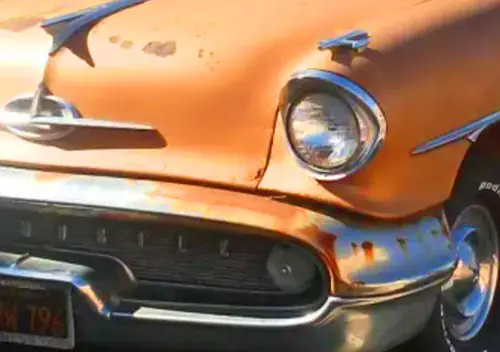
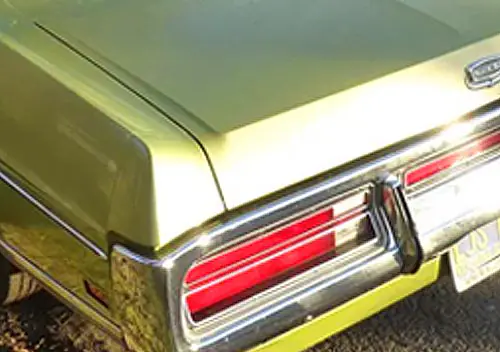
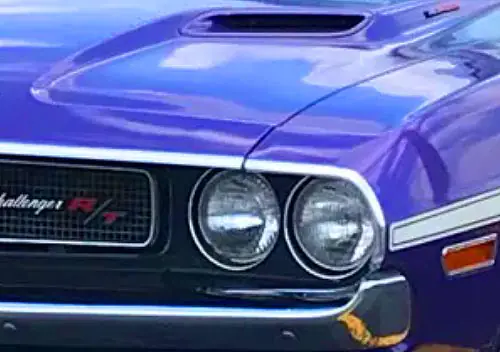


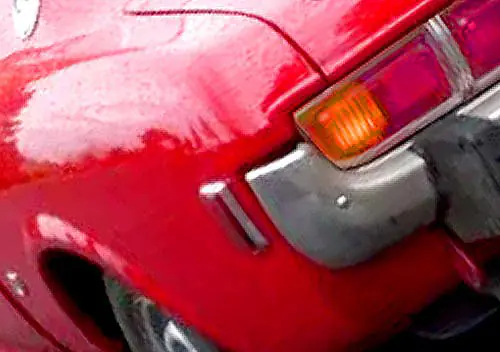

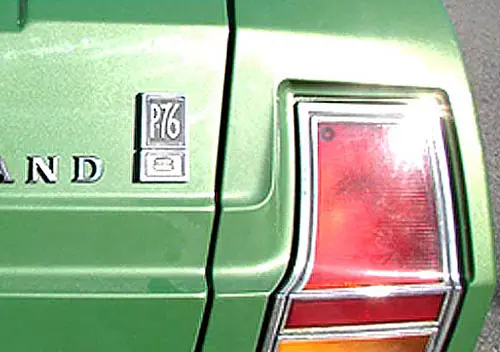
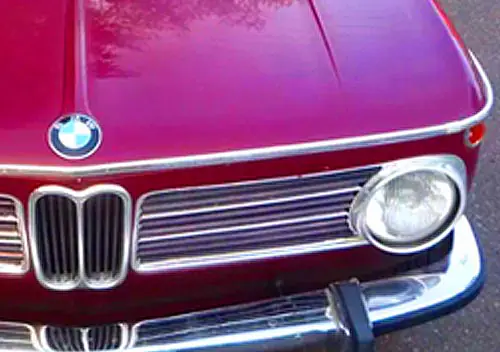

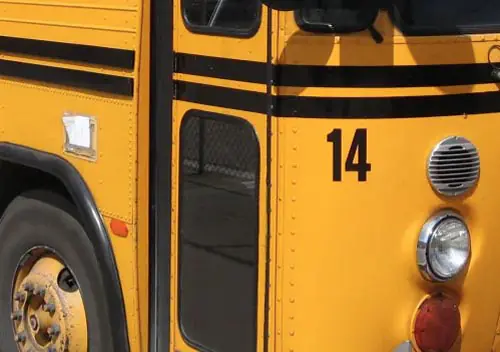
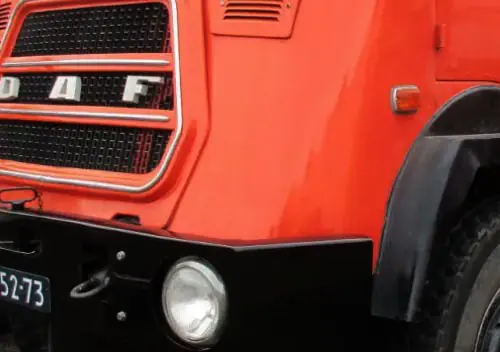
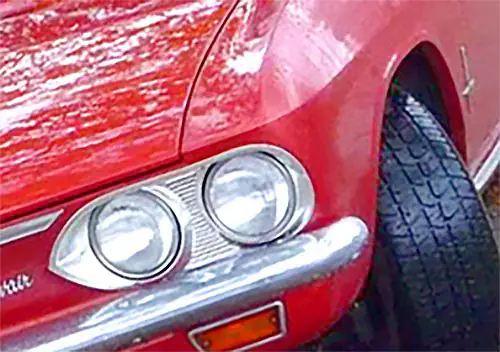
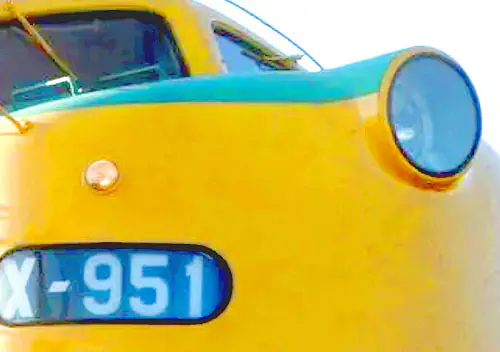
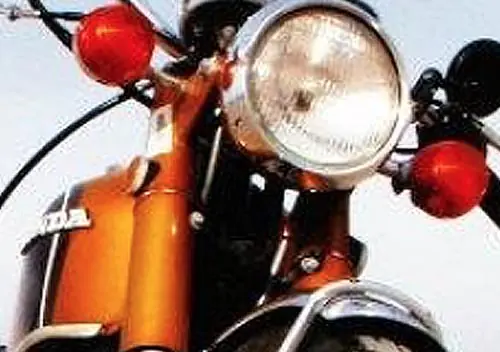
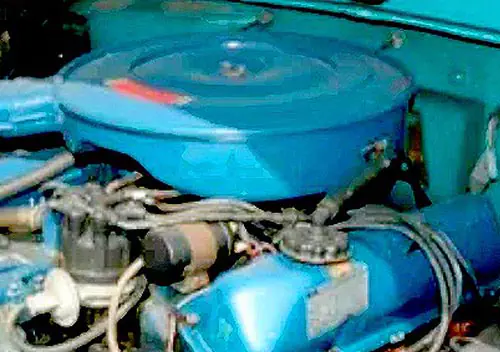
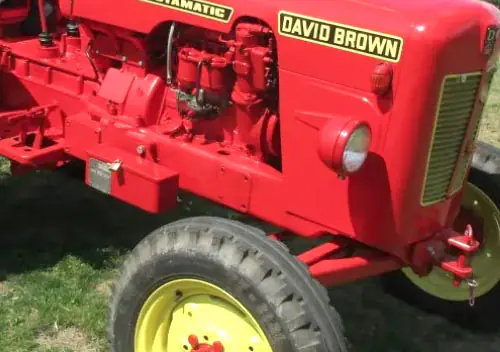
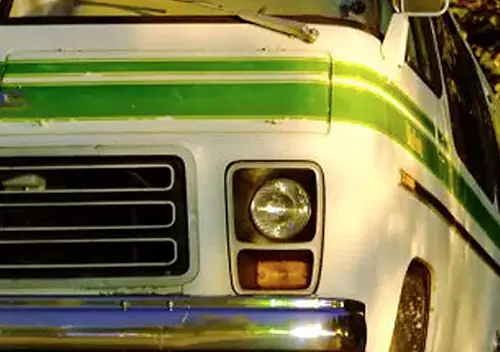

Excellent find(s). The rake and sportier wheels, gives the blue one, a bit of extra friskiness in its look. And a less serious, upright stance. Complimenting the small forward lean, at the leading edge of the front fenders.
Fantastically appealing huge greenhouse. Looks are reminiscent of a compressed Simca 1204. With their tall glass, and mini rear decks.
I’m a sucker for enormous rear light clusters on cars that didn’t originally come equipped that way, that “update” on a long-running car design almost always does it for me. (although I don’t usually dislike the original version either). And so it is here. These were still a common enough but also rare enough sighting on Euro visits in the 80s and 90s to always turn my head knowing what just went by yet appreciating that it wasn’t EVERYwhere as opposed to, say, the Mini.
Normally I’d be all over the red car, which looks great and more so in isolation, but the blue one does go that one step further and sucks the air out of any (little) room that both may occupy at the same time such as where I sit right now. Maybe it’s the enormous (what, 14″?) wheels the blue one wears here, or as you mentioned the lack of bumpers, or even the color, but likely just everything mixed together in a way that doesn’t always work but does here – (they did miss the matte black on the bonnet trick though, as well as a set of giant Carello driving lights…). Good stuff.
Thanks for the lesson, prof!
The second link at the bottom of this post (“Rosemma’s Third”) is about the older woman in Italy who lived immediately next to my in-law’s house in the Piedmont. That was in 2015. In the past year or so I heard from my SIL that Rosemma was involved in a crash (no injuries) and she replaced her beloved third A112 with…another one. And she’s now in her early 90s. A faithful A112 lover.
The front end of the original is that classic PF front end seen on the 404 and so many others. Gandini was playing it a bit conservative this time.
It’s interesting how archaic the upright A112 looks compared to the fastback Fiat 127. Also how 70 bhp was a performance car but an A112 only weighs slightly more than a Honda Gold Wing. Its more or less successor the modern Fiat 500 has around 100 bhp in most markets and weighs about 500lb more
Good lesson, very instructive and I now feel all set for the exam…thanks Prof. Bliu series 6 for me too; the series 7 is verging into “facelifted too much” territory
As they, every day is a school day……
I owned a few “normal” versions and one red 1982 Abarth, somewhere around 1986. Great fun to drive.
Sad enough about 90% of the pictures from that period got lost on a rather nasty divorce, but the memories are still with me.